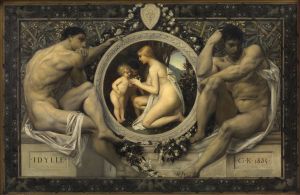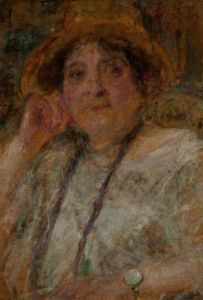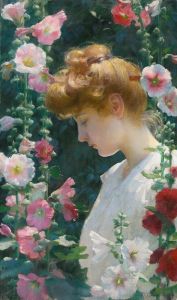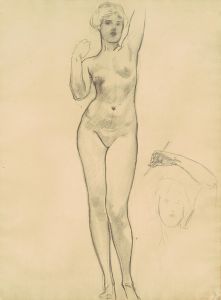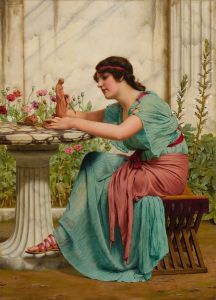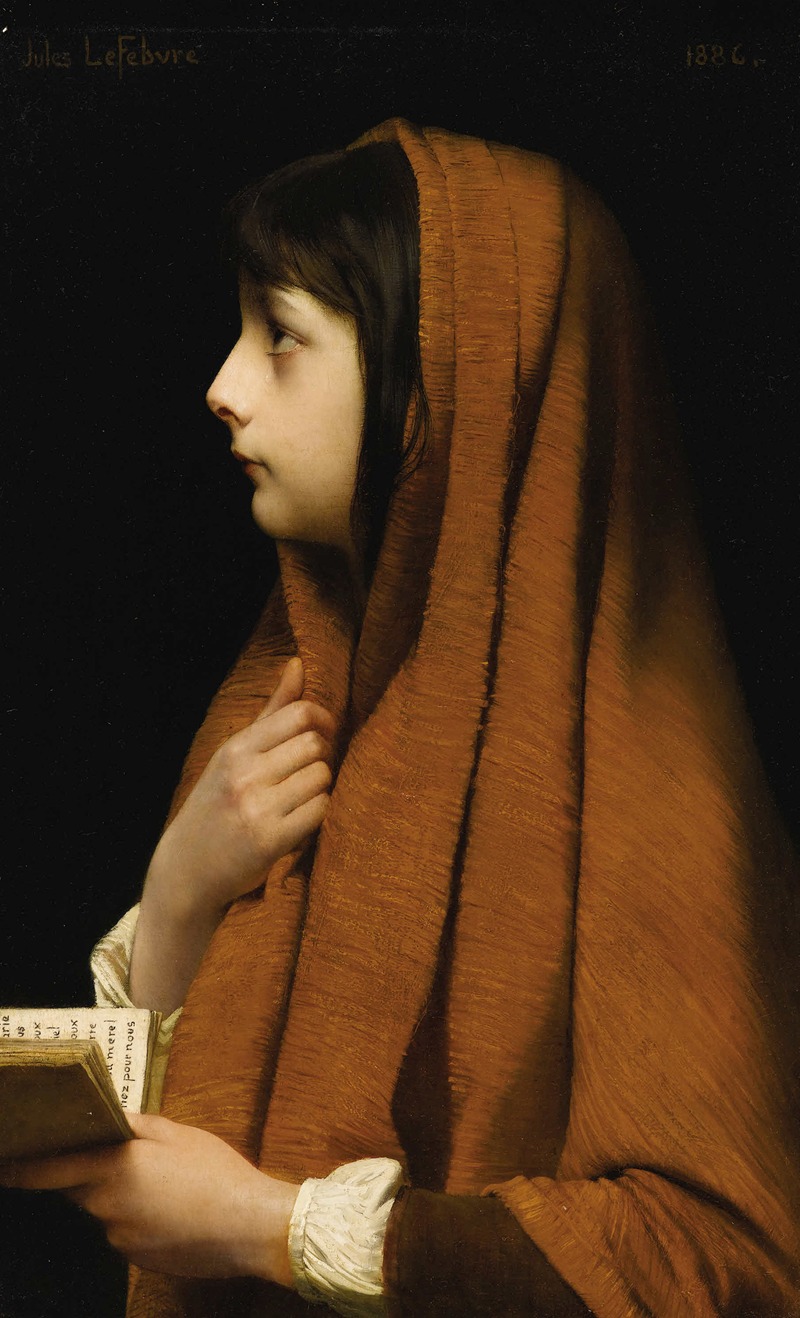
Mignon
A hand-painted replica of Jules Joseph Lefebvre’s masterpiece Mignon, meticulously crafted by professional artists to capture the true essence of the original. Each piece is created with museum-quality canvas and rare mineral pigments, carefully painted by experienced artists with delicate brushstrokes and rich, layered colors to perfectly recreate the texture of the original artwork. Unlike machine-printed reproductions, this hand-painted version brings the painting to life, infused with the artist’s emotions and skill in every stroke. Whether for personal collection or home decoration, it instantly elevates the artistic atmosphere of any space.
Jules Joseph Lefebvre's "Mignon" is a renowned oil painting created in 1877 by the French academic painter Jules Joseph Lefebvre (1836–1911). Lefebvre was a prominent figure in 19th-century academic art, known for his meticulous technique and idealized depictions of the human figure, particularly female subjects. "Mignon" is one of his celebrated works and reflects his mastery of portraiture and his ability to convey emotion through his subjects.
The painting depicts a young girl, Mignon, a character from Johann Wolfgang von Goethe's novel Wilhelm Meister's Apprenticeship (Wilhelm Meisters Lehrjahre), published in 1795–96. In the novel, Mignon is a mysterious and tragic figure, a young girl of Italian origin who is rescued by the protagonist, Wilhelm Meister. She is known for her poetic and melancholic nature, as well as her longing for her homeland, which she expresses through her famous song, "Kennst du das Land, wo die Zitronen blühn?" ("Do you know the land where the lemon trees bloom?"). Lefebvre's painting captures the essence of Mignon's character, portraying her with a wistful and introspective expression.
In the artwork, Mignon is shown seated, with her head slightly tilted and her gaze directed downward, evoking a sense of pensiveness and melancholy. She is dressed in simple, rustic clothing, which reflects her humble origins and connection to nature. The soft, diffused lighting and the delicate rendering of her features highlight Lefebvre's skill in creating lifelike and emotionally resonant portraits. The background is kept minimal, ensuring that the viewer's attention remains focused on the figure of Mignon.
"Mignon" was exhibited at the Paris Salon of 1877, where it received critical acclaim. The Salon was the official art exhibition of the Académie des Beaux-Arts in Paris and was a prestigious platform for artists to showcase their work. Lefebvre's success at the Salon contributed to his reputation as one of the leading academic painters of his time.
Today, "Mignon" is considered an exemplary work of 19th-century academic art and is admired for its technical excellence and emotional depth. The painting is housed in the Musée d'Orsay in Paris, France, which is home to a significant collection of 19th-century art, including works from the academic, Impressionist, and Post-Impressionist movements.






